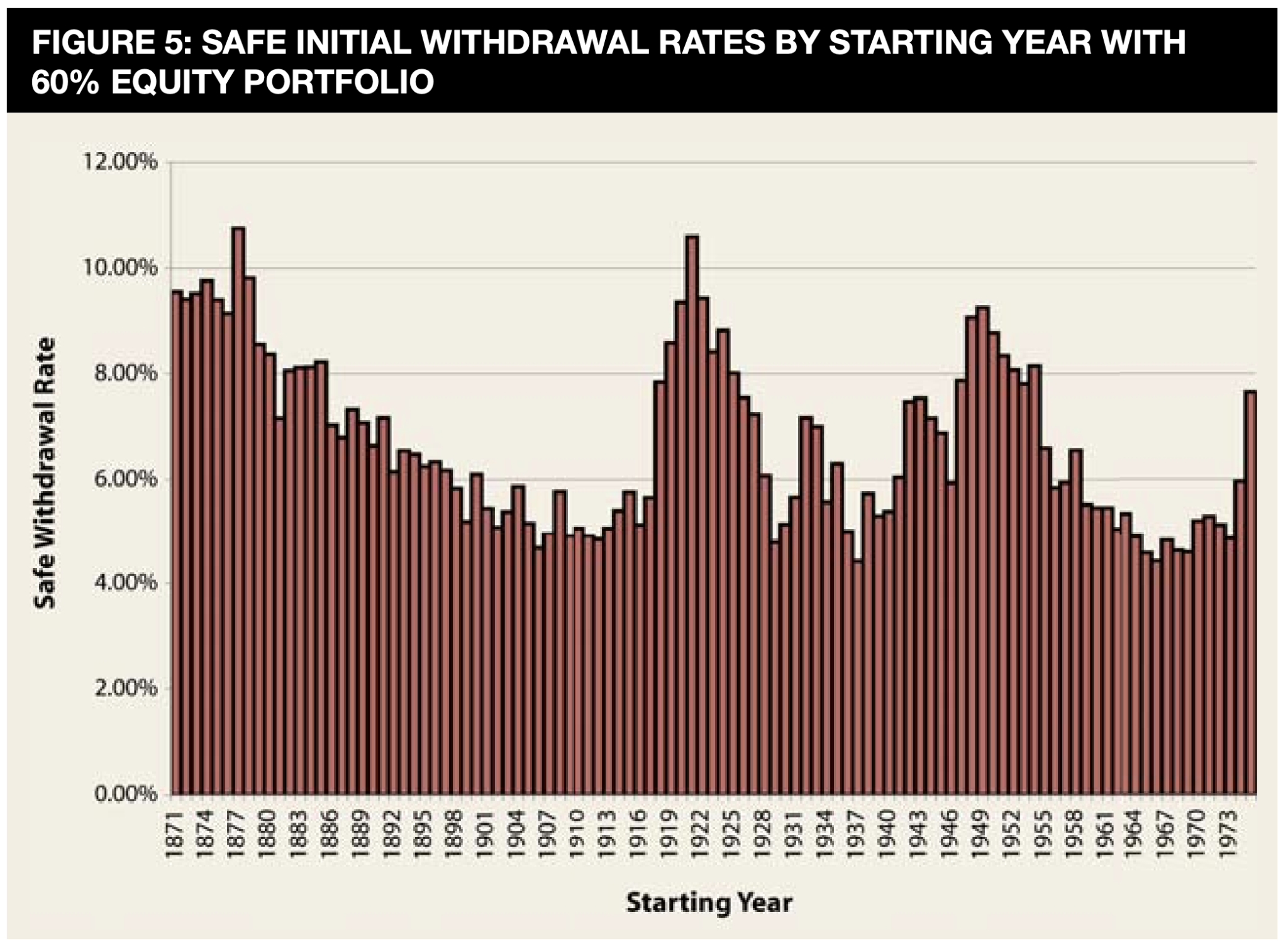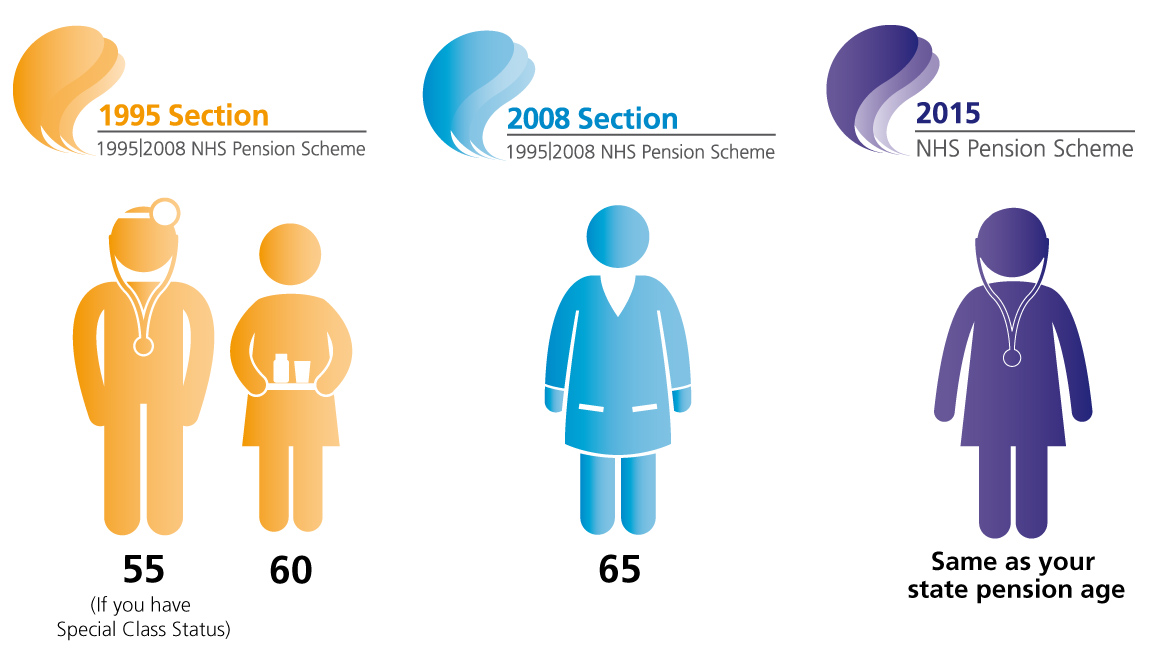Your 70 percent rule retirement images are ready in this website. 70 percent rule retirement are a topic that is being searched for and liked by netizens today. You can Find and Download the 70 percent rule retirement files here. Find and Download all free photos and vectors.
If you’re looking for 70 percent rule retirement images information related to the 70 percent rule retirement topic, you have come to the ideal blog. Our site always gives you hints for viewing the maximum quality video and picture content, please kindly search and find more enlightening video articles and graphics that fit your interests.
70 Percent Rule Retirement. And while there’s an abundance of literature out there about how you can build up the sort of nest egg to make that possible, building up your savings is only half the battle. Those pensions are increasingly rare in today’s workplaces. For the vast majority of people who earn more than the national average income — which is a little more than $50,000 for a single person and $80,000 for a household — this 70 per cent target is. Here�s why the 70 percent rule didn�t apply to us and why it won�t apply to others who live below their means.
 Here�s How Much You Really Need To Save For Retirement Stock News From investors.com
Here�s How Much You Really Need To Save For Retirement Stock News From investors.com
One rule of thumb in retirement planning is to plan on replacing at least 70% of your income in retirement. And while there’s an abundance of literature out there about how you can build up the sort of nest egg to make that possible, building up your savings is only half the battle. The following chart summarizes our income and expenses for two periods of our married life: Here�s why the 70 percent rule didn�t apply to us and why it won�t apply to others who live below their means. Those pensions are increasingly rare in today’s workplaces. For the vast majority of people who earn more than the national average income — which is a little more than $50,000 for a single person and $80,000 for a household — this 70 per cent target is.
For the vast majority of people who earn more than the national average income — which is a little more than $50,000 for a single person and $80,000 for a household — this 70 per cent target is.
For the vast majority of people who earn more than the national average income — which is a little more than $50,000 for a single person and $80,000 for a household — this 70 per cent target is. Here�s why the 70 percent rule didn�t apply to us and why it won�t apply to others who live below their means. Spending 70% of what you once did before retiring can be. For the vast majority of people who earn more than the national average income — which is a little more than $50,000 for a single person and $80,000 for a household — this 70 per cent target is. One rule of thumb in retirement planning is to plan on replacing at least 70% of your income in retirement. Those pensions are increasingly rare in today’s workplaces.
 Source: mint.intuit.com
Source: mint.intuit.com
The most common rule of thumb in retirement planning is that you will need retirement income equal to 70 per cent of your final employment earnings. Those pensions are increasingly rare in today’s workplaces. The following chart summarizes our income and expenses for two periods of our married life: Here�s why the 70 percent rule didn�t apply to us and why it won�t apply to others who live below their means. Spending 70% of what you once did before retiring can be.
Source: quora.com
Spending 70% of what you once did before retiring can be. And while there’s an abundance of literature out there about how you can build up the sort of nest egg to make that possible, building up your savings is only half the battle. One rule of thumb in retirement planning is to plan on replacing at least 70% of your income in retirement. For the vast majority of people who earn more than the national average income — which is a little more than $50,000 for a single person and $80,000 for a household — this 70 per cent target is. The most common rule of thumb in retirement planning is that you will need retirement income equal to 70 per cent of your final employment earnings.
 Source: newretirement.com
Source: newretirement.com
Spending 70% of what you once did before retiring can be. Those pensions are increasingly rare in today’s workplaces. For the vast majority of people who earn more than the national average income — which is a little more than $50,000 for a single person and $80,000 for a household — this 70 per cent target is. Spending 70% of what you once did before retiring can be. The following chart summarizes our income and expenses for two periods of our married life:
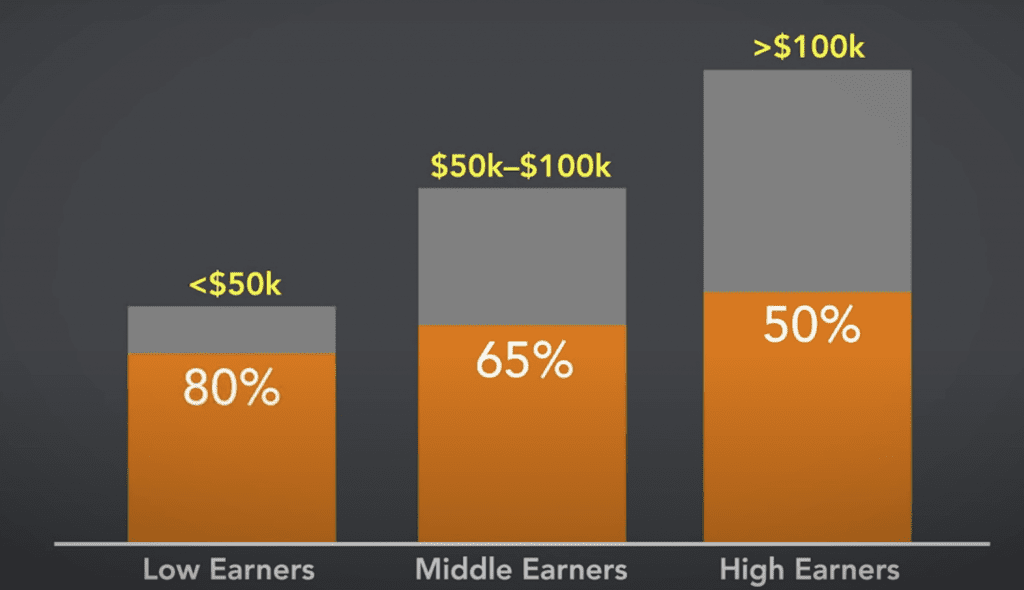 Source: wealthawesome.com
Source: wealthawesome.com
For the vast majority of people who earn more than the national average income — which is a little more than $50,000 for a single person and $80,000 for a household — this 70 per cent target is. One rule of thumb in retirement planning is to plan on replacing at least 70% of your income in retirement. The most common rule of thumb in retirement planning is that you will need retirement income equal to 70 per cent of your final employment earnings. Here�s why the 70 percent rule didn�t apply to us and why it won�t apply to others who live below their means. Those pensions are increasingly rare in today’s workplaces.
 Source: slideshare.net
Source: slideshare.net
One rule of thumb in retirement planning is to plan on replacing at least 70% of your income in retirement. The most common rule of thumb in retirement planning is that you will need retirement income equal to 70 per cent of your final employment earnings. For the vast majority of people who earn more than the national average income — which is a little more than $50,000 for a single person and $80,000 for a household — this 70 per cent target is. Spending 70% of what you once did before retiring can be. The following chart summarizes our income and expenses for two periods of our married life:
 Source: urban.org
Source: urban.org
One rule of thumb in retirement planning is to plan on replacing at least 70% of your income in retirement. For the vast majority of people who earn more than the national average income — which is a little more than $50,000 for a single person and $80,000 for a household — this 70 per cent target is. The most common rule of thumb in retirement planning is that you will need retirement income equal to 70 per cent of your final employment earnings. And while there’s an abundance of literature out there about how you can build up the sort of nest egg to make that possible, building up your savings is only half the battle. Those pensions are increasingly rare in today’s workplaces.
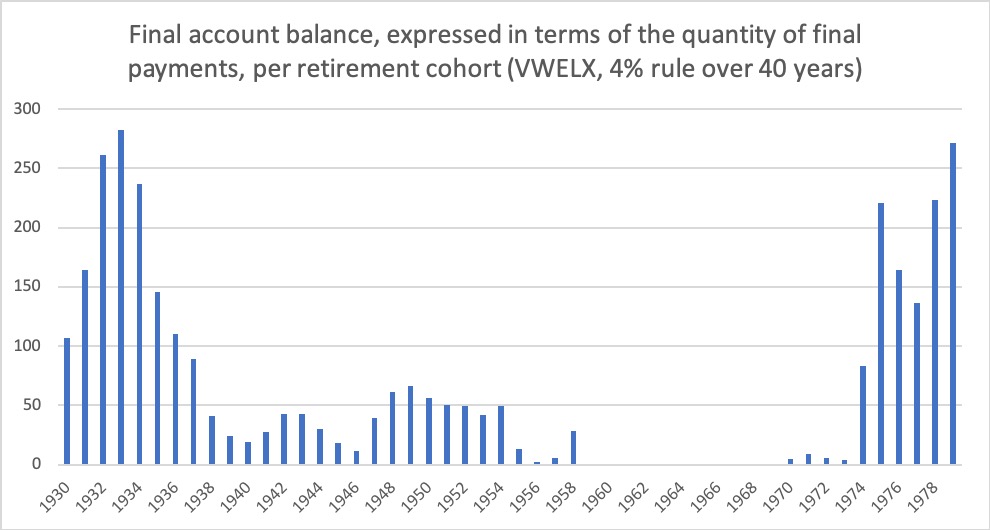 Source: nesteggly.com
Source: nesteggly.com
The most common rule of thumb in retirement planning is that you will need retirement income equal to 70 per cent of your final employment earnings. One rule of thumb in retirement planning is to plan on replacing at least 70% of your income in retirement. Spending 70% of what you once did before retiring can be. Here�s why the 70 percent rule didn�t apply to us and why it won�t apply to others who live below their means. The following chart summarizes our income and expenses for two periods of our married life:
 Source: forbes.com
Source: forbes.com
One rule of thumb in retirement planning is to plan on replacing at least 70% of your income in retirement. The following chart summarizes our income and expenses for two periods of our married life: For the vast majority of people who earn more than the national average income — which is a little more than $50,000 for a single person and $80,000 for a household — this 70 per cent target is. Those pensions are increasingly rare in today’s workplaces. Here�s why the 70 percent rule didn�t apply to us and why it won�t apply to others who live below their means.
 Source: radwadesigns.blogspot.com
Source: radwadesigns.blogspot.com
For the vast majority of people who earn more than the national average income — which is a little more than $50,000 for a single person and $80,000 for a household — this 70 per cent target is. And while there’s an abundance of literature out there about how you can build up the sort of nest egg to make that possible, building up your savings is only half the battle. For the vast majority of people who earn more than the national average income — which is a little more than $50,000 for a single person and $80,000 for a household — this 70 per cent target is. Those pensions are increasingly rare in today’s workplaces. The following chart summarizes our income and expenses for two periods of our married life:
 Source: investors.com
Source: investors.com
The following chart summarizes our income and expenses for two periods of our married life: And while there’s an abundance of literature out there about how you can build up the sort of nest egg to make that possible, building up your savings is only half the battle. Here�s why the 70 percent rule didn�t apply to us and why it won�t apply to others who live below their means. One rule of thumb in retirement planning is to plan on replacing at least 70% of your income in retirement. Those pensions are increasingly rare in today’s workplaces.
 Source: pinterest.com
Source: pinterest.com
For the vast majority of people who earn more than the national average income — which is a little more than $50,000 for a single person and $80,000 for a household — this 70 per cent target is. For the vast majority of people who earn more than the national average income — which is a little more than $50,000 for a single person and $80,000 for a household — this 70 per cent target is. Here�s why the 70 percent rule didn�t apply to us and why it won�t apply to others who live below their means. And while there’s an abundance of literature out there about how you can build up the sort of nest egg to make that possible, building up your savings is only half the battle. Those pensions are increasingly rare in today’s workplaces.
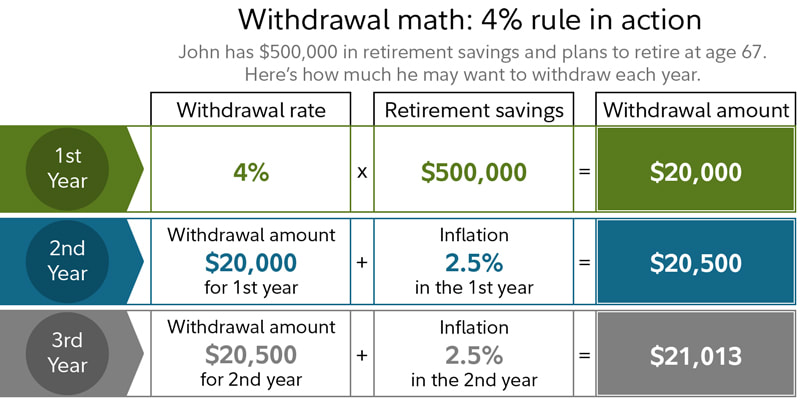 Source: pfwise.com
Source: pfwise.com
Spending 70% of what you once did before retiring can be. Spending 70% of what you once did before retiring can be. The most common rule of thumb in retirement planning is that you will need retirement income equal to 70 per cent of your final employment earnings. For the vast majority of people who earn more than the national average income — which is a little more than $50,000 for a single person and $80,000 for a household — this 70 per cent target is. One rule of thumb in retirement planning is to plan on replacing at least 70% of your income in retirement.
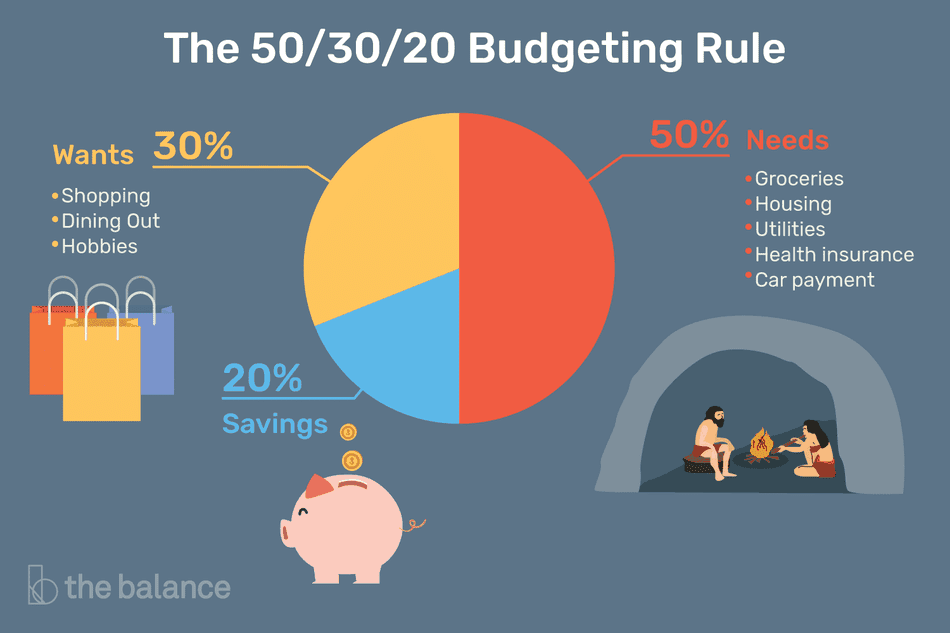 Source: dukeclass.weebly.com
Source: dukeclass.weebly.com
One rule of thumb in retirement planning is to plan on replacing at least 70% of your income in retirement. Here�s why the 70 percent rule didn�t apply to us and why it won�t apply to others who live below their means. For the vast majority of people who earn more than the national average income — which is a little more than $50,000 for a single person and $80,000 for a household — this 70 per cent target is. The most common rule of thumb in retirement planning is that you will need retirement income equal to 70 per cent of your final employment earnings. One rule of thumb in retirement planning is to plan on replacing at least 70% of your income in retirement.
 Source: executivebenefits.nfp.com
Source: executivebenefits.nfp.com
Spending 70% of what you once did before retiring can be. For the vast majority of people who earn more than the national average income — which is a little more than $50,000 for a single person and $80,000 for a household — this 70 per cent target is. The following chart summarizes our income and expenses for two periods of our married life: Here�s why the 70 percent rule didn�t apply to us and why it won�t apply to others who live below their means. Those pensions are increasingly rare in today’s workplaces.
 Source: forefrontwealthplanning.com
Source: forefrontwealthplanning.com
For the vast majority of people who earn more than the national average income — which is a little more than $50,000 for a single person and $80,000 for a household — this 70 per cent target is. Here�s why the 70 percent rule didn�t apply to us and why it won�t apply to others who live below their means. Spending 70% of what you once did before retiring can be. For the vast majority of people who earn more than the national average income — which is a little more than $50,000 for a single person and $80,000 for a household — this 70 per cent target is. One rule of thumb in retirement planning is to plan on replacing at least 70% of your income in retirement.
 Source: simplywise.com
Source: simplywise.com
For the vast majority of people who earn more than the national average income — which is a little more than $50,000 for a single person and $80,000 for a household — this 70 per cent target is. One rule of thumb in retirement planning is to plan on replacing at least 70% of your income in retirement. Here�s why the 70 percent rule didn�t apply to us and why it won�t apply to others who live below their means. Spending 70% of what you once did before retiring can be. Those pensions are increasingly rare in today’s workplaces.
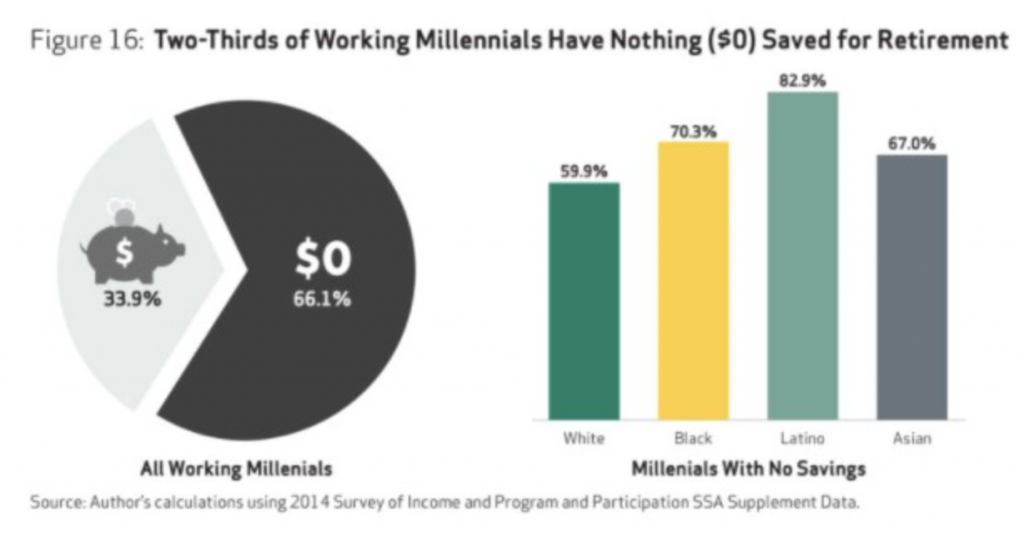 Source: nakedcapitalism.com
Source: nakedcapitalism.com
Here�s why the 70 percent rule didn�t apply to us and why it won�t apply to others who live below their means. Those pensions are increasingly rare in today’s workplaces. For the vast majority of people who earn more than the national average income — which is a little more than $50,000 for a single person and $80,000 for a household — this 70 per cent target is. The following chart summarizes our income and expenses for two periods of our married life: Here�s why the 70 percent rule didn�t apply to us and why it won�t apply to others who live below their means.
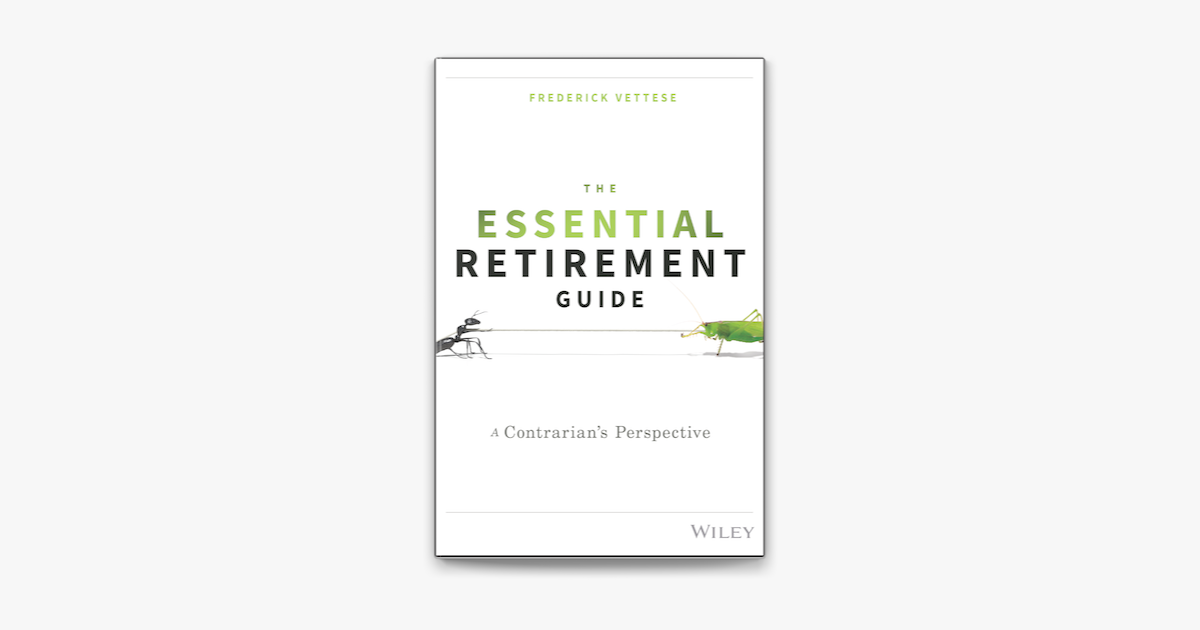 Source: books.apple.com
Source: books.apple.com
The most common rule of thumb in retirement planning is that you will need retirement income equal to 70 per cent of your final employment earnings. The most common rule of thumb in retirement planning is that you will need retirement income equal to 70 per cent of your final employment earnings. And while there’s an abundance of literature out there about how you can build up the sort of nest egg to make that possible, building up your savings is only half the battle. Those pensions are increasingly rare in today’s workplaces. Spending 70% of what you once did before retiring can be.
This site is an open community for users to share their favorite wallpapers on the internet, all images or pictures in this website are for personal wallpaper use only, it is stricly prohibited to use this wallpaper for commercial purposes, if you are the author and find this image is shared without your permission, please kindly raise a DMCA report to Us.
If you find this site beneficial, please support us by sharing this posts to your own social media accounts like Facebook, Instagram and so on or you can also bookmark this blog page with the title 70 percent rule retirement by using Ctrl + D for devices a laptop with a Windows operating system or Command + D for laptops with an Apple operating system. If you use a smartphone, you can also use the drawer menu of the browser you are using. Whether it’s a Windows, Mac, iOS or Android operating system, you will still be able to bookmark this website.




